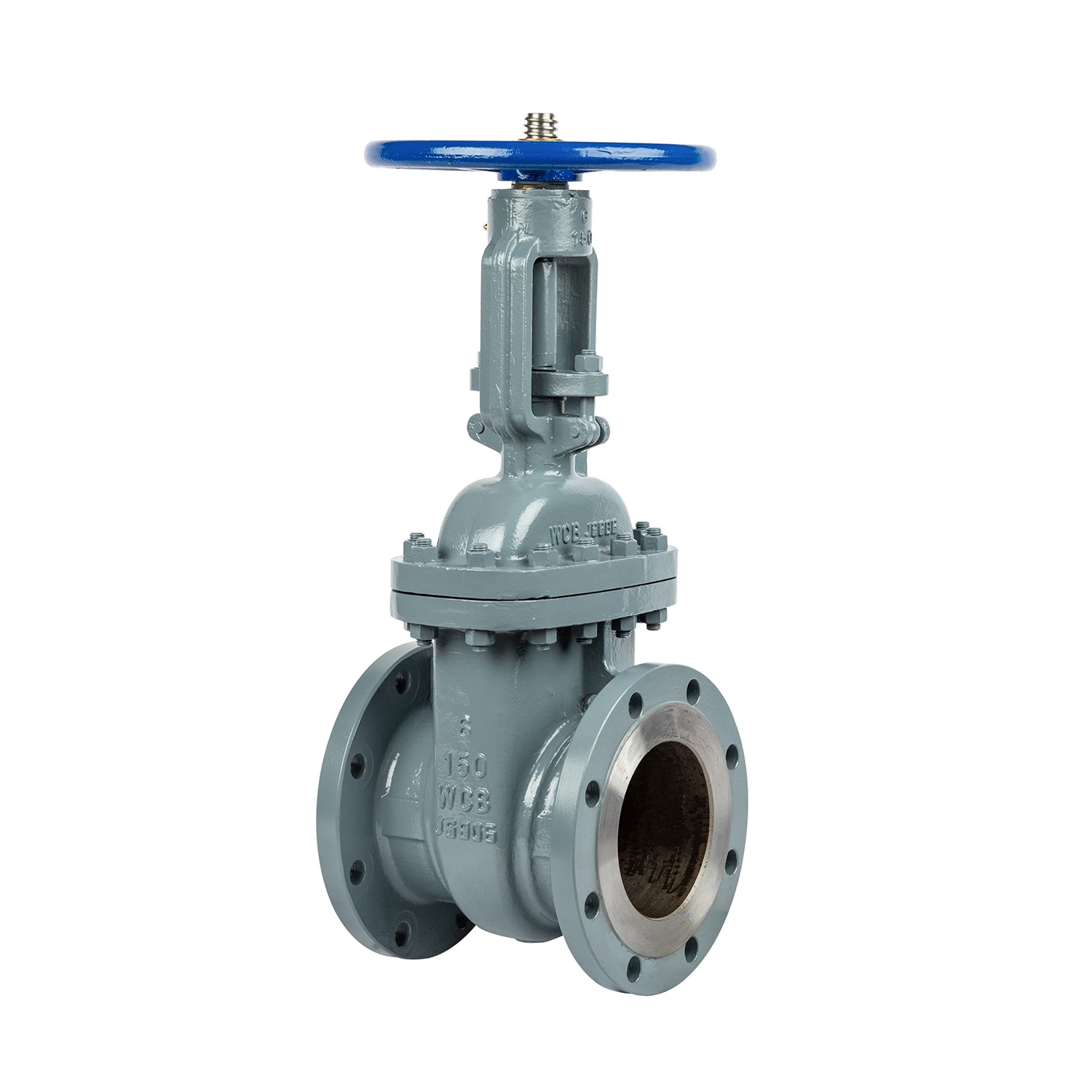flanged butterfly valve
Understanding Flanged Butterfly Valves An Essential Component in Modern Piping Systems
Butterfly valves are a crucial element in various industrial applications, particularly when it comes to regulating flow in piping systems. Among the different types of butterfly valves, flanged butterfly valves stand out due to their robust design, ease of installation, and reliability in demanding environments. This article explores the characteristics, benefits, and applications of flanged butterfly valves, highlighting why they are an essential component in modern engineering.
What is a Flanged Butterfly Valve?
A flanged butterfly valve consists of a circular disc or plate mounted in the center of the pipe, which rotates on a shaft to either obstruct or allow the passage of fluid. The term flanged refers to the mechanical flanges that are attached to the ends of the valve, allowing it to be bolted directly to the piping system. This design helps to create a secure and leak-proof connection.
Flanged butterfly valves are typically made from various materials, including stainless steel, carbon steel, and plastic, depending on the application's specific requirements. The construction material affects the valve's durability, corrosion resistance, and ability to handle different temperatures and pressures.
Key Features and Advantages
1. Space Efficiency Flanged butterfly valves are relatively compact compared to other valve types. Their slim profile makes them suitable for installations with limited space, enabling them to fit into tight areas without compromising performance.
2. Lightweight Design The lightweight nature of butterfly valves makes them easier to handle and install. This can result in lower installation costs and reduced labor time.
3. Rapid Operation Flanged butterfly valves can be operated quickly with a quarter-turn motion, allowing for rapid flow regulation. This speed is particularly advantageous in emergency situations where immediate system adjustments are required.
4. Versatility These valves can effectively control the flow of liquids and gases, making them suitable for a wide range of applications across different industries. From water treatment facilities to chemical processing plants, flanged butterfly valves are indispensable.
5. Cost-Effectiveness Compared to other valve types, flanged butterfly valves are often more economical due to their lower material and manufacturing costs. This makes them an attractive option for budget-conscious projects.
6. Minimal Pressure Drop The design of butterfly valves ensures that they do not create significant pressure drops compared to other valve types. This characteristic is essential for maintaining efficient flow in piping systems.
Applications of Flanged Butterfly Valves
flanged butterfly valve

Flanged butterfly valves are utilized in numerous industries, reflecting their versatility. Some common applications include
- Water Supply and Wastewater Treatment These valves are often used in water distribution systems to manage flow and pressure, as well as in wastewater treatment processes for controlling discharge.
- Chemical Processing In chemical plants, flanged butterfly valves are employed to manage the flow of corrosive substances, thanks to construction materials that resist chemical damage.
- HVAC Systems In heating, ventilation, and air conditioning systems, flanged butterfly valves play a significant role in regulating airflow and maintaining system efficiency.
- Power Generation These valves are integral to many processes in power plants, where they help manage steam and water flows for effective energy production.
Considerations for Selection and Maintenance
When selecting a flanged butterfly valve for a specific application, it is crucial to consider the following factors
- Material Compatibility Ensure that the valve material is compatible with the fluids being transported. For example, use corrosion-resistant materials for acidic or harsh chemicals.
- Pressure and Temperature Ratings Verify that the valve is rated for the operating pressure and temperature of the system.
- Size and Flow Requirements Choose a valve size that meets the flow requirements of the system while considering potential future expansions.
Regular maintenance of flanged butterfly valves is also essential to ensure their longevity and optimal performance. This includes periodic inspections for wear and tear, checking for leaks, and lubricating moving parts to prevent malfunction.
Conclusion
Flanged butterfly valves are a vital component in various piping systems due to their compact design, versatility, and cost-effectiveness. Understanding their features, advantages, and applications can help engineers and technicians make informed decisions when integrating these valves into their systems. As industries evolve and demand more efficient fluid management solutions, flanged butterfly valves will undoubtedly continue to play an integral role in ensuring smooth operations across multiple sectors.
-
The Key to Fluid Control: Exploring the Advantages of Ball Valves in Industrial SystemsNewsJul.09,2025
-
The Versatile World of 1, 2, and 3 Piece Ball ValvesNewsJul.09,2025
-
Stainless Steel Ball Valves: The Ideal Choice for Efficient Flow ControlNewsJul.09,2025
-
Optimizing Fluid Control with Ball Float ValvesNewsJul.09,2025
-
Manual Gate Valves: Essential for Control and EfficiencyNewsJul.09,2025
-
Everything You Need to Know About Butterfly ValvesNewsJul.09,2025
-
The Versatility of Wafer Type Butterfly ValvesNewsJul.08,2025




